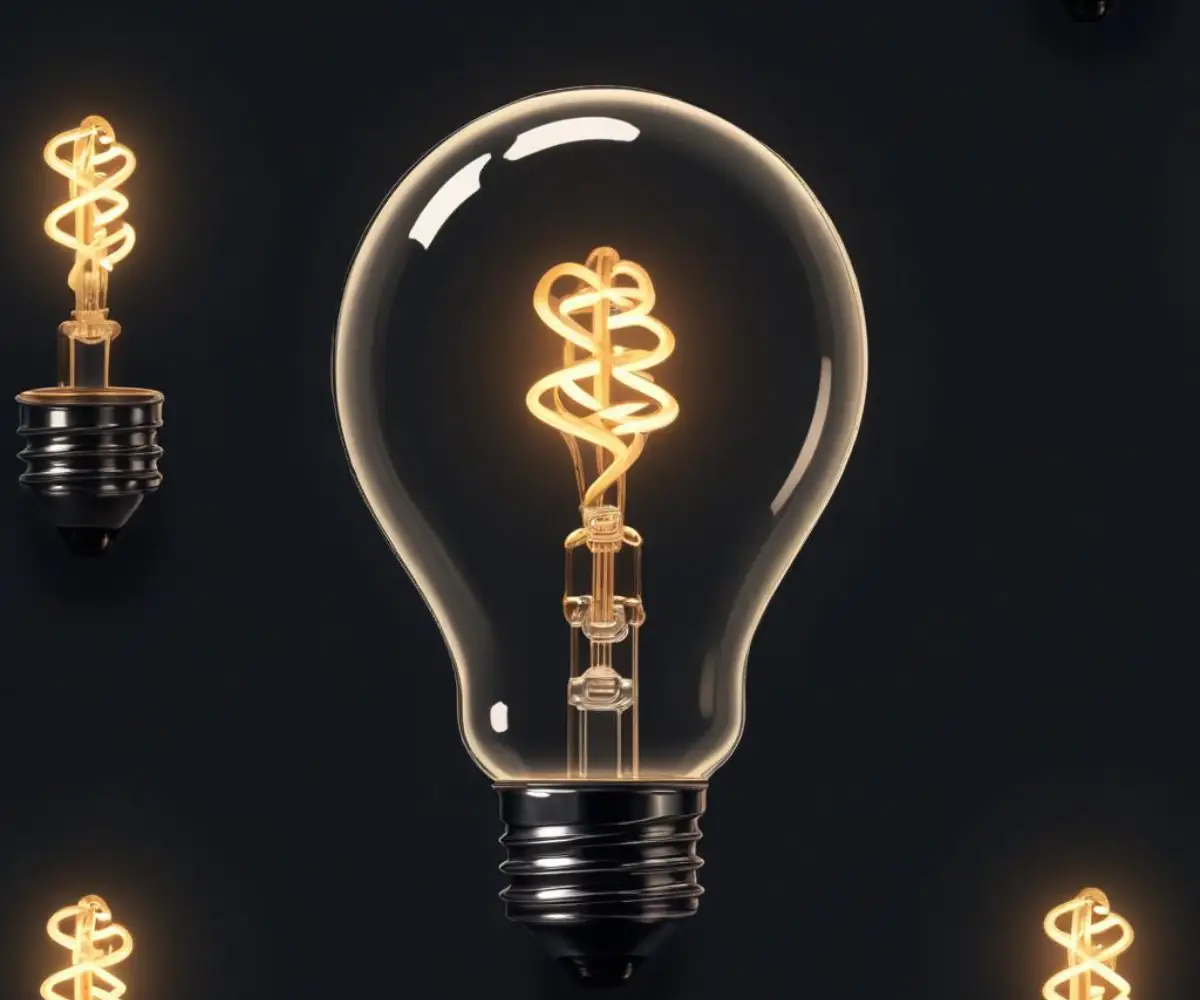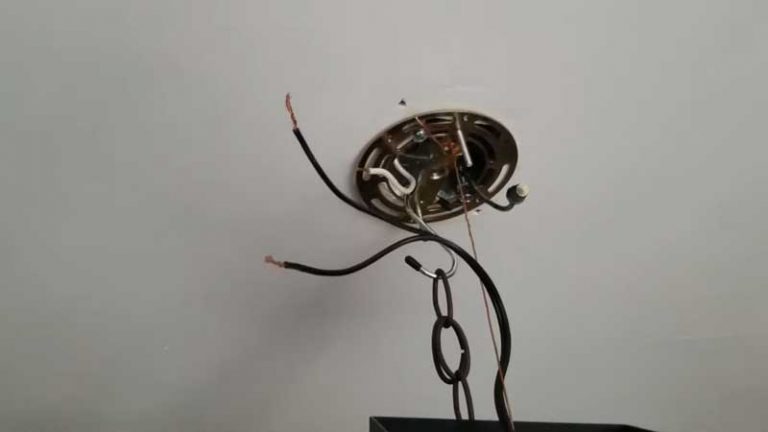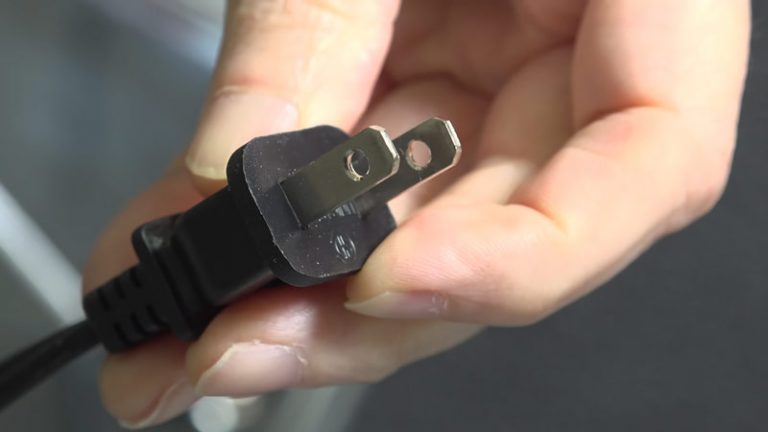$400 Electric Bill? Here’s the Shocking Reason Why & How to Fix It
Opening your monthly utility statement and seeing a $400 electric bill can feel like a punch to the gut. It’s a number that immediately triggers confusion, frustration, and worry. You rack your brain, wondering what could have possibly consumed that much power without you noticing.
The truth is, a bill that high is rarely caused by a single rogue appliance. It’s usually the result of several energy-hungry culprits working in combination. This guide will help you diagnose the exact causes of your high bill and provide a clear, actionable plan to bring your costs back under control.
You'll Learn About
Why Your Electric Bill Is $400: Unmasking the Culprits
Before you can solve the problem, you need to understand where all that energy is going. Many homeowners are surprised to learn how much electricity is consumed by systems and devices running in the background. From major systems to silent “vampire” loads, let’s break down the most common sources of a shockingly high bill.
We will explore the biggest energy hogs, hidden issues within your home’s structure, and even billing practices that could be inflating your costs. Think of this as an investigation into your home’s energy habits.
The Usual Suspects: Top 5 Energy Hogs in Your Home
A small handful of appliances and systems are responsible for the vast majority of energy consumption in a typical home. When your bill spikes to $400, one or more of these is almost always the primary offender, working overtime without your knowledge.
Let’s shine a light on these five key areas to begin our diagnosis.
1. Heating and Cooling (HVAC) Systems
Your HVAC system is, without a doubt, the single biggest energy consumer in your home, often accounting for 40-50% of your total electricity usage. During months with extreme temperatures, whether it’s a summer heatwave or a winter cold snap, your HVAC system runs almost constantly to maintain a comfortable indoor climate.
An old, inefficient unit, a dirty air filter that restricts airflow, or even a poorly calibrated thermostat can force the system to work much harder than necessary, causing a dramatic spike in your energy consumption.
2. Water Heating
Coming in as the second-largest energy user is your water heater, which can be responsible for up to 15% of your bill. Electric water heaters, in particular, require a significant amount of power to keep a large tank of water constantly heated for your showers, laundry, and dishes.
If the thermostat on your water heater is set too high (above 120°F is often unnecessary), or if you have a slow, dripping hot water leak somewhere in your home, your water heater will run continuously, wasting both energy and money.
3. Outdated Appliances & Electronics
That old refrigerator in the garage or the chest freezer from a decade ago might still be running, but they are likely incredibly inefficient. Older appliances can use two to three times more electricity than their modern, ENERGY STAR-rated counterparts. These devices run 24/7, making their inefficiency a constant drain on your power.
Similarly, large electronics like big-screen TVs, powerful computers, and home entertainment systems can contribute significantly to your bill, especially if they are used for many hours each day.
4. Lighting
While individual light bulbs don’t use a lot of power, the cumulative effect can be substantial, accounting for up to 12% of a home’s energy use. If your home is still primarily lit with old incandescent bulbs, you are essentially paying to heat tiny filaments instead of producing light efficiently.
Leaving lights on in unoccupied rooms is a common habit that directly contributes to a higher bill, turning a small expense into a significant one over the course of a month.
5. “Phantom” or Vampire Loads
One of the most insidious causes of a high electric bill is the “phantom” or “vampire” load. This refers to the electricity consumed by devices that are turned off but still plugged in. Many modern electronics, like TVs, game consoles, printers, and device chargers, are never truly “off” but exist in a standby mode, ready to power on instantly.
This constant, low-level power draw from dozens of devices can add up to 10% or more to your monthly bill, silently draining power around the clock.
Beyond the Obvious: Hidden Causes of a $400 Bill
Sometimes, the problem isn’t just a single appliance; it’s the house itself. Structural inefficiencies and external factors can create a perfect storm for high energy consumption, forcing all your systems to work harder than they should.
Let’s investigate the less visible factors that could be driving your bill into the stratosphere.
Seasonal Spikes: Are You Paying a “Weather Tax”?
Your energy usage is directly tied to the weather. An unusually hot summer will cause your air conditioner to run non-stop, while a bitterly cold winter will do the same for your electric furnace. This “weather tax” can easily double your consumption compared to milder months.
If your $400 bill coincided with a record-breaking heatwave or a polar vortex, the extreme temperatures are a major contributing factor.
Your Home’s “Energy Leaks”
Imagine trying to keep a bucket full of water that has holes in it. That’s what it’s like for your HVAC system when your home has poor insulation and air leaks. Gaps around windows and doors, and especially an under-insulated attic, allow the conditioned air you’re paying for to escape.
This forces your heating or cooling system to run constantly just to keep up, drastically increasing its energy consumption. Sealing these leaks is one of the most effective ways to cut energy costs.
Lifestyle Changes and New Additions
Think about what has changed in your household recently. Have you started working from home, running a computer and lights all day? Do you have a new family member or a guest staying with you, leading to more laundry and hot water usage?
Even a new, large appliance like a second freezer, a hot tub, or a powerful gaming PC can add a surprising amount to your monthly bill. These gradual changes in routine can culminate in a significant increase in energy use.

Could It Be Your Utility Company?
While less common, the issue could be with your utility provider. Electric companies sometimes change their rate structures. You may have been moved to a “time-of-use” plan where electricity costs more during peak hours (like 3-7 p.m.), and your habits haven’t adjusted.
It’s also worth checking your bill for errors or recent rate hikes that you may have missed. A quick call to customer service can help clarify any confusing charges.
Your Action Plan: How to Slash That $400 Bill for Good
A $400 bill is a wake-up call, but it’s a problem you can solve. By taking a systematic approach, you can identify your home’s specific weaknesses and make targeted changes that will lead to immediate and long-term savings. This is your step-by-step guide to taking back control.
Follow these steps to transform your home from an energy waster into an efficient, cost-effective space.
Step 1: Conduct a DIY Home Energy Audit
Before you spend any money, spend some time observing. Walk through your home with a critical eye, specifically looking for energy waste. Check for drafts around windows and doors, feel for air leaks around outlets and switches, and check the insulation level in your attic.
Make a list of all your major appliances and look up their age and energy efficiency ratings if possible. This initial assessment will help you prioritize your efforts.
| Appliance/System | Common Problem | Quick Fix & Estimated Savings |
|---|---|---|
| HVAC System | Dirty Filter / Wrong Thermostat Setting | Clean/replace filter monthly. Set thermostat to 78°F in summer and 68°F in winter. (5-15% savings) |
| Water Heater | Temperature Set Too High | Lower thermostat to 120°F. (4-22% savings annually) |
| Lighting | Using Incandescent Bulbs | Replace your 5 most-used bulbs with LEDs. (Save $75+ per year) |
| Electronics | Vampire Power Drain | Use smart power strips to completely shut off electronics when not in use. (5-10% savings) |
| Refrigerator | Dirty Coils / Incorrect Temperature | Clean condenser coils. Set fridge to 37°F and freezer to 0°F. (Improves efficiency by 30%+) |
| Windows/Doors | Air Leaks | Apply weatherstripping and caulk to seal gaps. (10-20% savings on heating/cooling) |
Step 2: Immediate Fixes You Can Do This Weekend
You don’t need a massive budget to start making a difference. Many of the most effective energy-saving measures are low-cost and can be implemented in just a few hours. These are the “low-hanging fruit” that will give you the quickest return on your investment of time and money.
Focus on these simple tasks first to see an immediate impact on your next bill.
- Unplug Vampire Devices: Get in the habit of unplugging chargers and appliances when not in use. Use power strips to easily shut off entire entertainment centers or home office setups with a single switch.
- Optimize Your Thermostat: Adjust your thermostat by a few degrees. In winter, set it to 68°F when you’re home and lower when you’re away. In summer, set it to 78°F. A programmable thermostat automates this process.
- Wash Clothes in Cold Water: Roughly 90% of the energy used by a washing machine goes to heating the water. Modern detergents are designed to work effectively in cold water.
- Use Appliances Efficiently: Always run full loads in the dishwasher and washing machine. Avoid using the oven on hot days; opt for a microwave or grill outside instead.
Step 3: Long-Term Investments for Permanent Savings
While quick fixes are great, long-term solutions will provide sustained savings for years to come. These upgrades require a larger initial investment but are crucial for fundamentally lowering your home’s energy consumption. Think of these as permanent fixes to the root causes of your high bills.
As you plan your home improvement budget, prioritizing these investments can significantly increase your home’s efficiency and value.
- Upgrade to ENERGY STAR Appliances: When it’s time to replace an old appliance, choose a model with the ENERGY STAR label. These products are certified to be significantly more energy-efficient than standard models.
- Improve Insulation: Adding insulation, especially in the attic, is one of the most cost-effective ways to reduce energy waste. It helps keep your home cooler in the summer and warmer in the winter, reducing the strain on your HVAC system.
- Switch to Efficient Systems: Making a change to more efficient home systems can lead to big savings. For instance, you could research the cost to convert a gas stove to electric to see if a modern induction cooktop might lower your overall energy use.
- Ensure Work is Done to Code: When making major upgrades, always use a licensed professional. Cutting corners can lead to shoddy work and unsafe conditions, which can become genuine contractor horror stories and cost you more in the long run.
When to Call a Professional Electrician
Sometimes, a high electric bill isn’t just about inefficiency; it can be a symptom of a serious electrical problem. If you’ve tried the DIY fixes and your bill remains unusually high, it’s time to call in a professional. Faulty wiring, a malfunctioning circuit breaker, or a problem with your electrical service meter can cause dangerous and expensive issues.
For major projects, like upgrading your home’s main service, understanding the full scope of the job is critical. This includes knowing the permit cost for an electrical panel replacement, as this ensures the work is done safely and meets all local codes, protecting your home and family.
Conclusion: Taking Control of Your Energy Usage
A $400 electric bill is alarming, but it is also an opportunity. It’s a clear signal that your home is wasting a significant amount of energy and money. By using this guide to systematically investigate the causes and implement both immediate and long-term solutions, you can take definitive control over your electricity consumption.
Start with the simple, no-cost changes today, and plan for the larger investments that will secure your savings for the future. You have the power to slash that bill and create a more efficient, comfortable, and affordable home.


